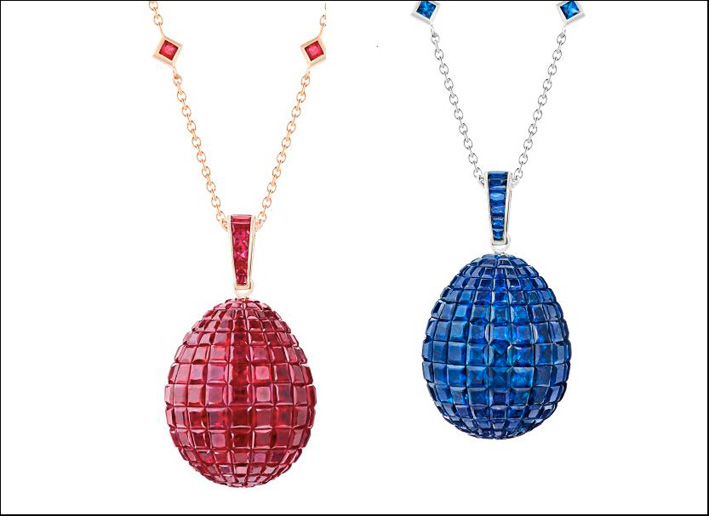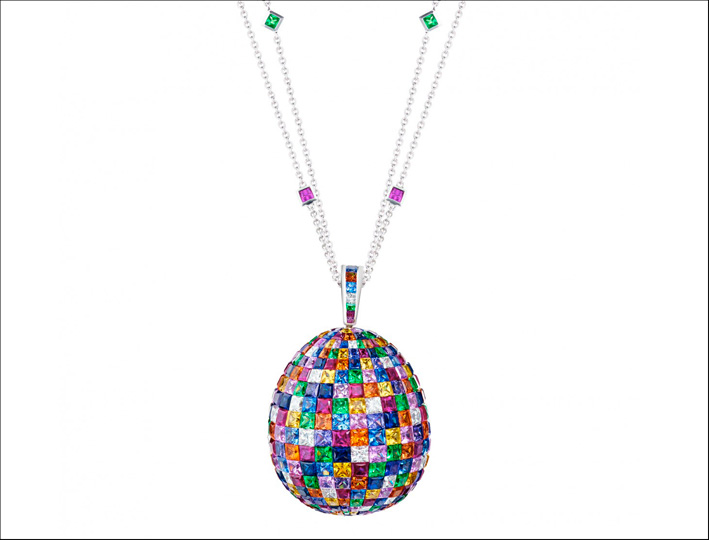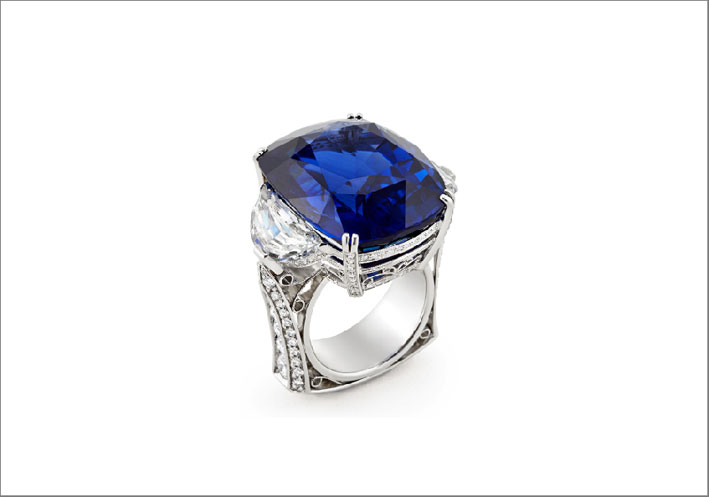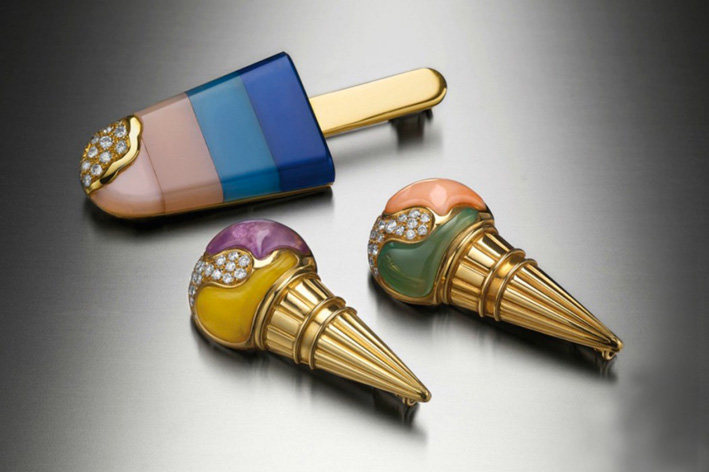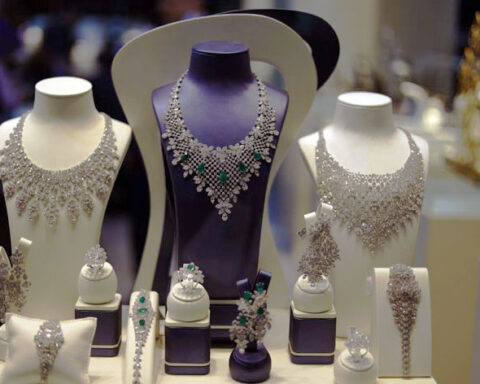A mosaic of gems on a perfect shape: the egg. Fabergé in 1914 had manufactured one with this technique. It has become one of the most famous jewels. Now the Russian Maison, that is reborned under the Gemfield label, proposes the egg, but shrunk as luxury pendant to hang on the chain of a necklace. Not surprisingly, the group that owns Faberge work in mining. It’s not surprising, therefore, that the egg pendants are covered with rubies, sapphires Mozambique, tzavorites and diamonds, sometimes with the use of a single precious stone, in others with a tutti i frutti mix. The colorful gems are inserted with a with an invisible setting technique. In the Mosaic collection, the colored blocks are stuck like a puzzle next to one another, in tight rows, on a gold structure. A technique that is reminiscent of Peter Carl Faberge, a pioneer in the early twentieth century and author of the famous series of eggs. In particular, The Egg mosaic is one of the Imperial Eggs that the last Czar of Russia, Nicholas II, gave to his wife Tsarina Alexandra Feodorovna in 1914. It is made of gold, pearls, rose cut diamonds, green garnet, enamel green translucent, opaque white, pale opalescent pink, pale green and pale sepia. Today is part of the Royal Collection, the art collection of the British royal family. Federico Graglia
